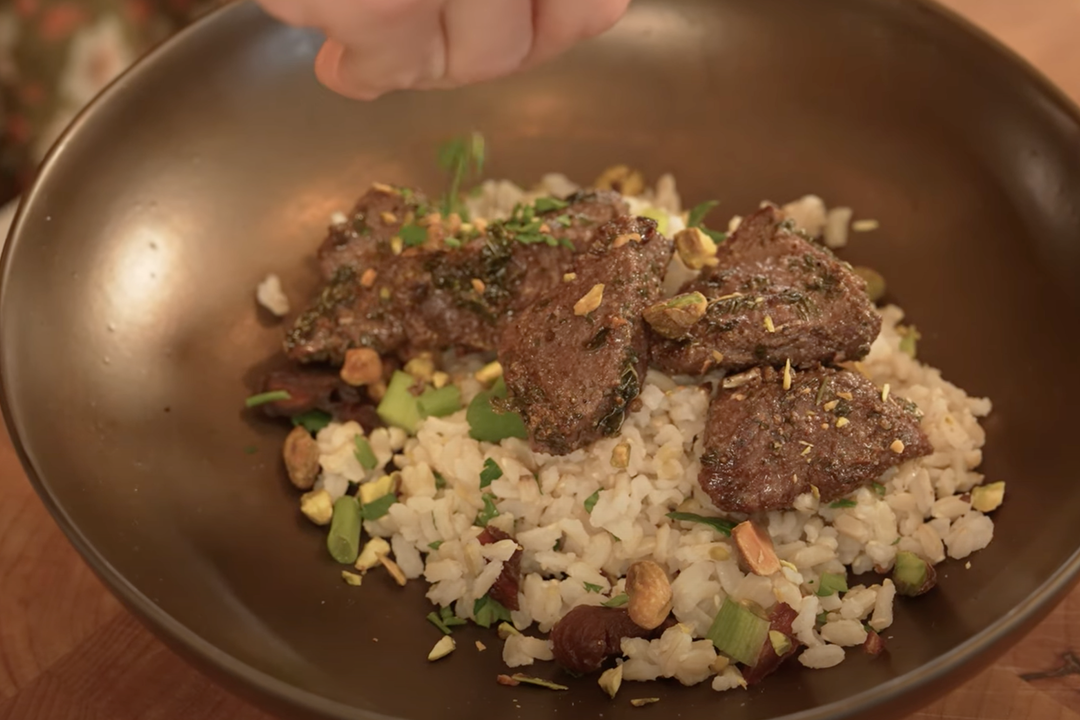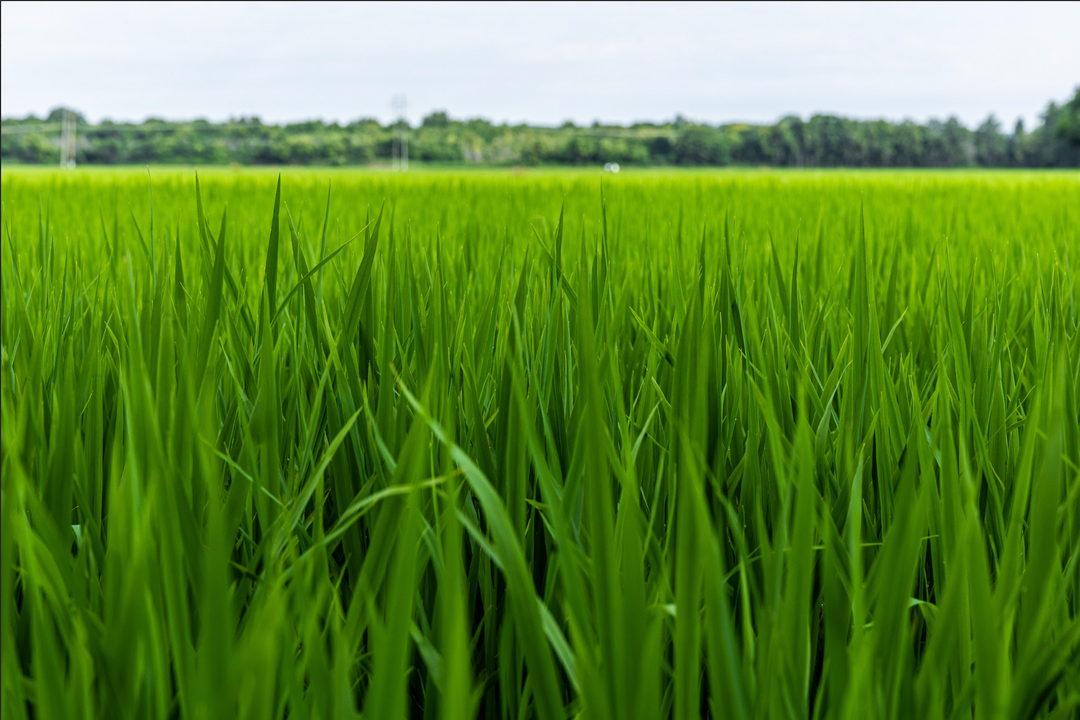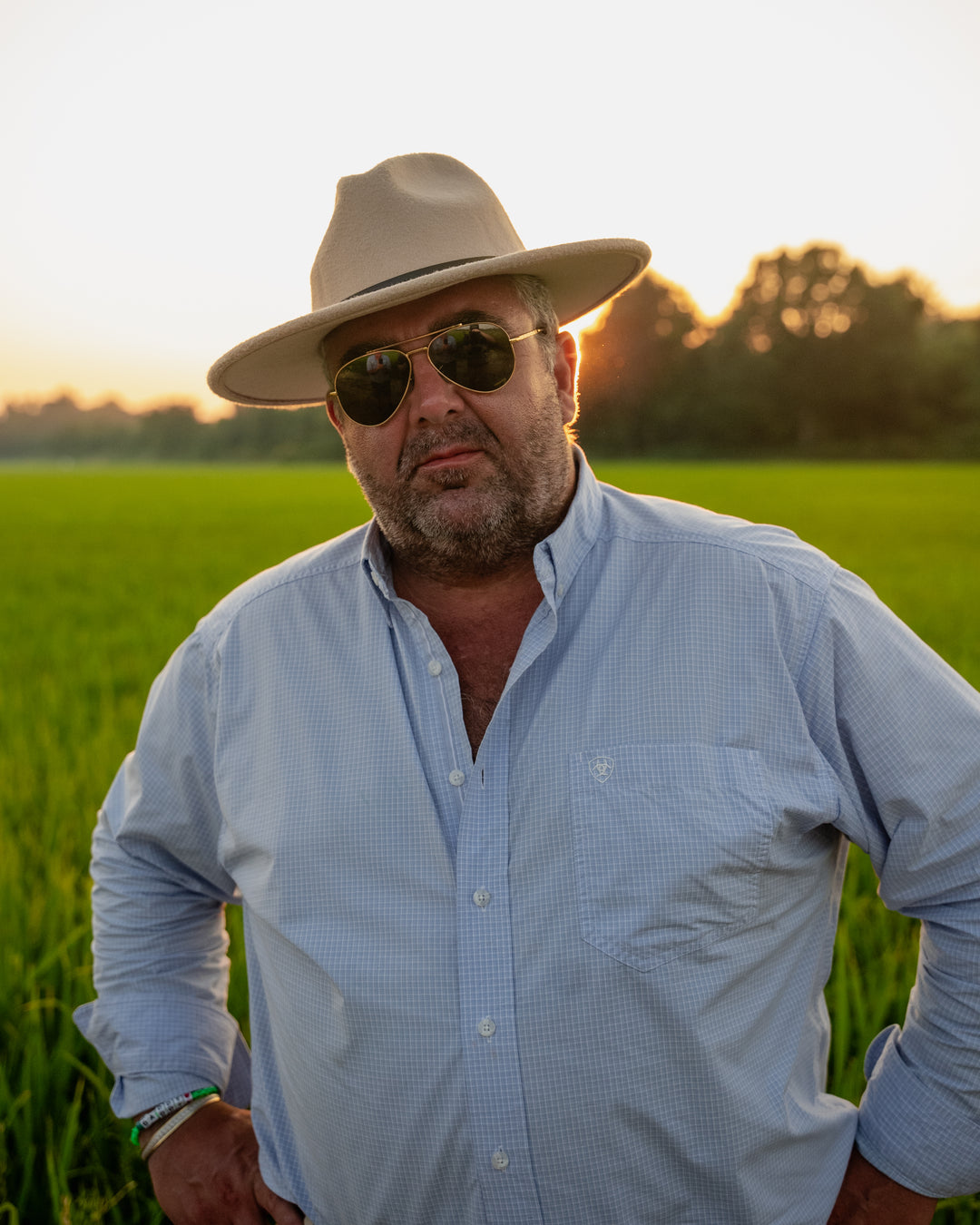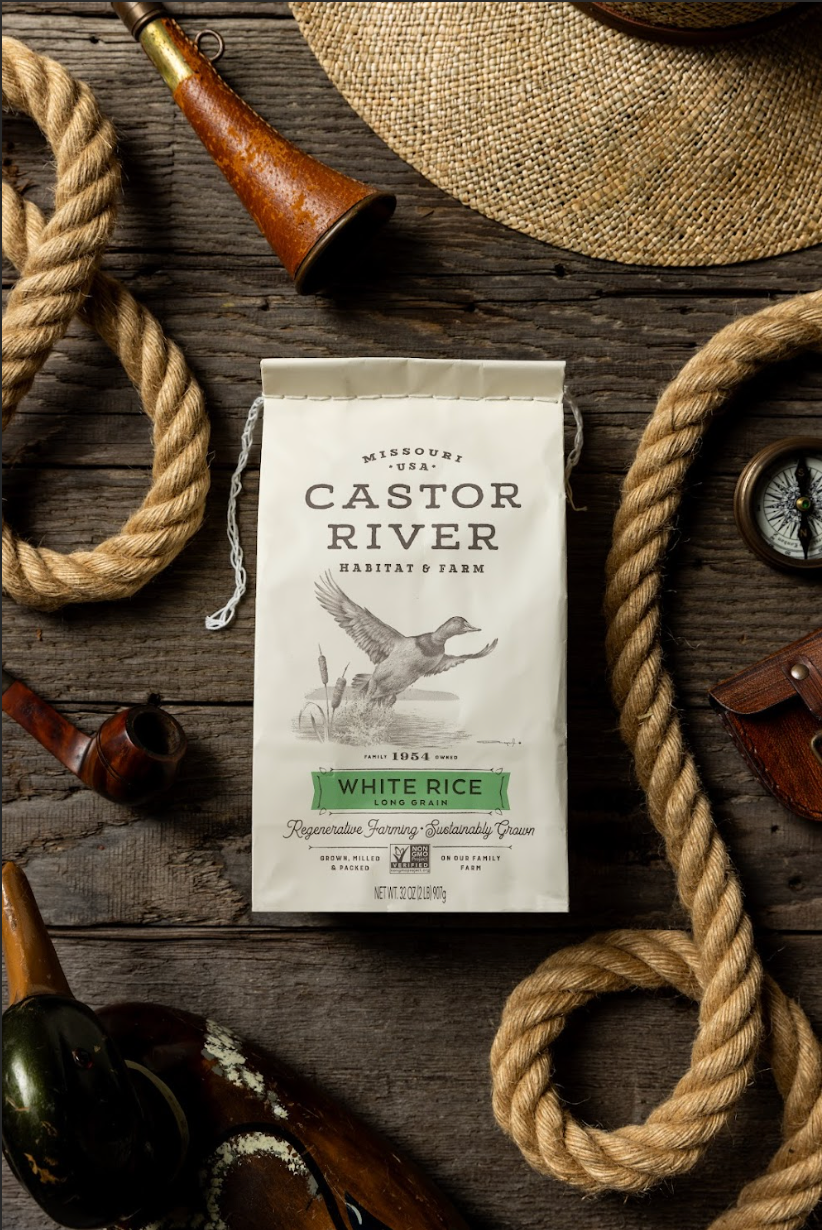What Happens When You Stop Tilling (And Start Listening to the Soil)

There’s a deep satisfaction that comes from turning over a field. The hum of the tractor. The smell of freshly upturned earth. It feels like progress—like you’re waking the land up after a long sleep. That’s the story many of us were raised on.
But over time, we started to ask harder questions. Why were we tilling in the first place? What was it actually doing to the ground beneath us? And more importantly—what would happen if we just… stopped?
At Castor River, we did. We parked the plow. And what we found wasn’t less productivity or less control. What we found was life.
Tilling Isn’t Just a Tool—It’s a Disruption
For generations, tillage was the go-to solution for seedbed prep, weed control, and managing residue. But what it also does—often invisibly—is break apart the intricate structure of soil. When we till, we expose delicate microbial life to air and sun, disrupt fungal networks, and speed up the loss of carbon and nutrients. The short-term gains come at a long-term cost.
Over time, the soil gets tired. It compacts. It erodes. It becomes more dependent on chemical inputs to produce the same yields. And just like that, the land that once gave so freely starts needing more than it can give back.
When You Leave the Soil Alone, It Comes Back to Life
No-till isn’t about doing less—it’s about doing differently. Instead of working against the natural structure of the soil, we let it build itself. We use cover crops to shield it from erosion and to feed the microbial life underneath. We let roots do the work of aeration. We lean into diversity instead of monoculture.
It’s not always neat. The first year we stopped tilling, the fields looked unkempt. But underground, everything changed. Earthworms returned in numbers we hadn’t seen in years. The ground began to sponge up water instead of shedding it. Plants started rooting deeper. The soil had structure again—crumbly, dark, alive.
No-Till Is the Gateway to Regeneration
At its core, no-till is an invitation. It’s the start of a conversation with the land instead of a monologue. When you stop tilling, you make room for other regenerative practices to flourish: crop rotation, integrated pest management, and even carbon sequestration.
The benefits stack up. You hold onto moisture longer during droughts. You reduce erosion during heavy rain. You cut back on fuel, reduce your dependence on synthetic inputs, and support biodiversity above and below ground.
This isn’t a fringe method—it’s a shift in mindset. One that aligns with the rhythms of nature, not the tempo of industry.
Learning to Listen
When you stop disturbing the soil, you start to hear what it’s been trying to say. You see signs in the way plants root deeper, how the soil smells richer, how the life around the farm—birds, pollinators, insects—begins to flourish.
We still walk our fields every week. We look for changes, not problems. We ask what the soil needs rather than telling it what to do. It’s a slower way of farming, maybe. But it’s built to last.
See the Difference for Yourself
If you want to know what no-till looks like in practice, not just in theory, visit our Sustainability Pledge.
Or better yet, taste the difference. Every bag of Castor River rice is grown in soil that’s been respected, not ripped apart. Grown slow. Grown right.









